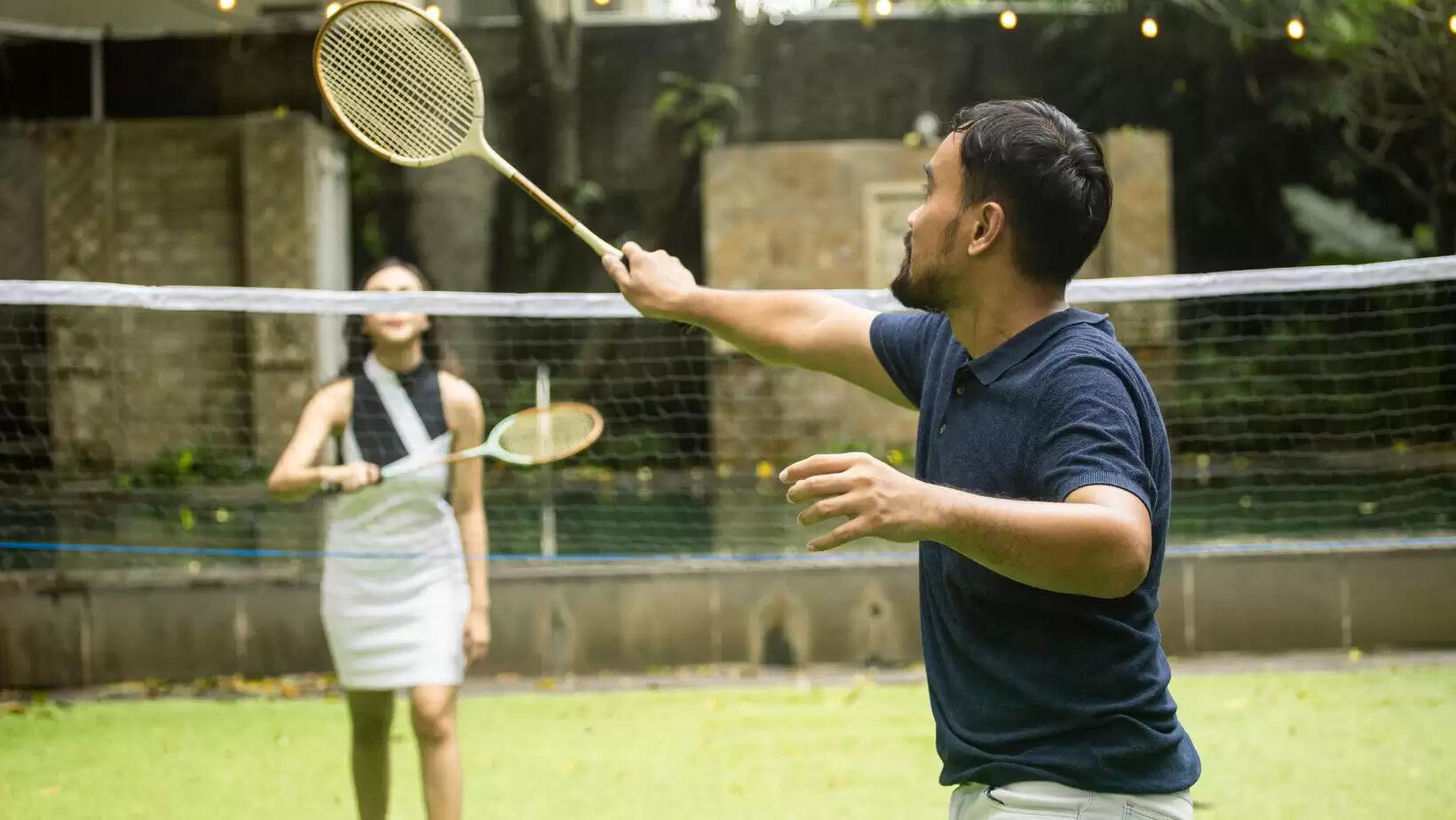Top 6 Basic Badminton Rules And Regulations To Be a Winner

Due to the dynamic and high levels of competition associated with badminton, it is necessary to have skill, dexterity, and a full grasp of the rules. No matter how many years of experience you hold, it is paramount that you understand the rules and regulations that ensure fair gaming, and thus increase the measure success chance of winning. The six fundamental badminton rules and guidelines listed below are necessary for all players to succeed.

1. Regulations for Courts and Equipment
The initial step to becoming a top badminton player is to know the dimensions of the official court and the equipment needed. The width of a usual badminton court has a measurement of 13.4 m. The width is 5.18 m for singles matches and 6.1 m for doubles. The height of the net should be 1.524 m in the middle and 1.55 m at the edges of the net.
2. Serving Rules and Common Faults
Correct serving in badminton is very important to prevent point loss. The following guidelines must be adhered to while serving:
- The shuttlecock must be hit below the waist.
- At the point of impact, the racket face end must face downward.
- The server and receiver should stay within their service courts and not cross the boundary lines.
- The shuttlecock should rest in the correct opponent's side service court.
- Frequent errors include leaving the boundaries of the service box, missing the shuttlecock, and not making a legal serve. Winning the serving rules will give the players an initial advantage.
3. Scoring System and Winning Criteria
In badminton, a score is awarded at the end of the rally-scoring system, i.e., every rally. Matches are the best-of-three format, each game is played up to 21 points. Nevertheless, for a game to be won, there must be a two-point margin of victory. When the score comes to 29-29, the player who first reaches 30 wins. The use of the scoring system enables players to prepare for the game and stay alert to the play, as the player's knowledge of the scoring system helps them make strategic decisions and strategize.
4. Faults and Let Situations
A "let" is called if a rally has to be replayed with no points scored. This occurs when:
- The shuttlecock gets stuck in the net.
- A server completes the serve before the opposing player is prepared for it.
- Both players commit faults simultaneously.
However, a "fault" leads to a point deduction for the player who made the mistake. [M] Usual errors include striking the shuttlecock outside the court limits, double hitting, or striking the net with the racket or with the body. Getting a sense of these cases is useful for ensuring fair play and preventing unnecessary points from being lost.
5. Player Conduct and Sportsmanship
Badminton, like all sports, emphasizes discipline and fair play. Conduct rules are to be followed by players:
- Refraining from distracting the opponent during play.
- Respecting the umpire’s decisions without argument.
- Avoiding deliberate delays in the game.
- Displaying good sportsmanship by accepting victories and defeats gracefully.
Lack of adherence to correct behavior can lead to fines, warnings, and disqualification from the game. A true champion not only excels in gameplay but also upholds the integrity of the sport.match
6. In and Out Rules
One of the most important aspects of badminton is determining whether a shuttlecock is "in" or "out.". In" The shuttlecock definition is the shuttlecock which hits the boundary lines of the opponent's court. Currently, if it goes beyond the lines, it gives the opponent a point. Players are required to be visually sound in shots in order not to lose too much and have problems.

Conclusion
By mastering these six fundamental badminton rules and regulations, players can improve their game and increase their chances of winning. Learning court size, performing legal actions, understanding the scoring system, and living by the way fair sport are core parts of developing into an accomplished badminton player. Through consistent practice of the underlying principles, such as players, can improve their skills and techniques whilst engaging in a competitive fair play sport with badminton.



